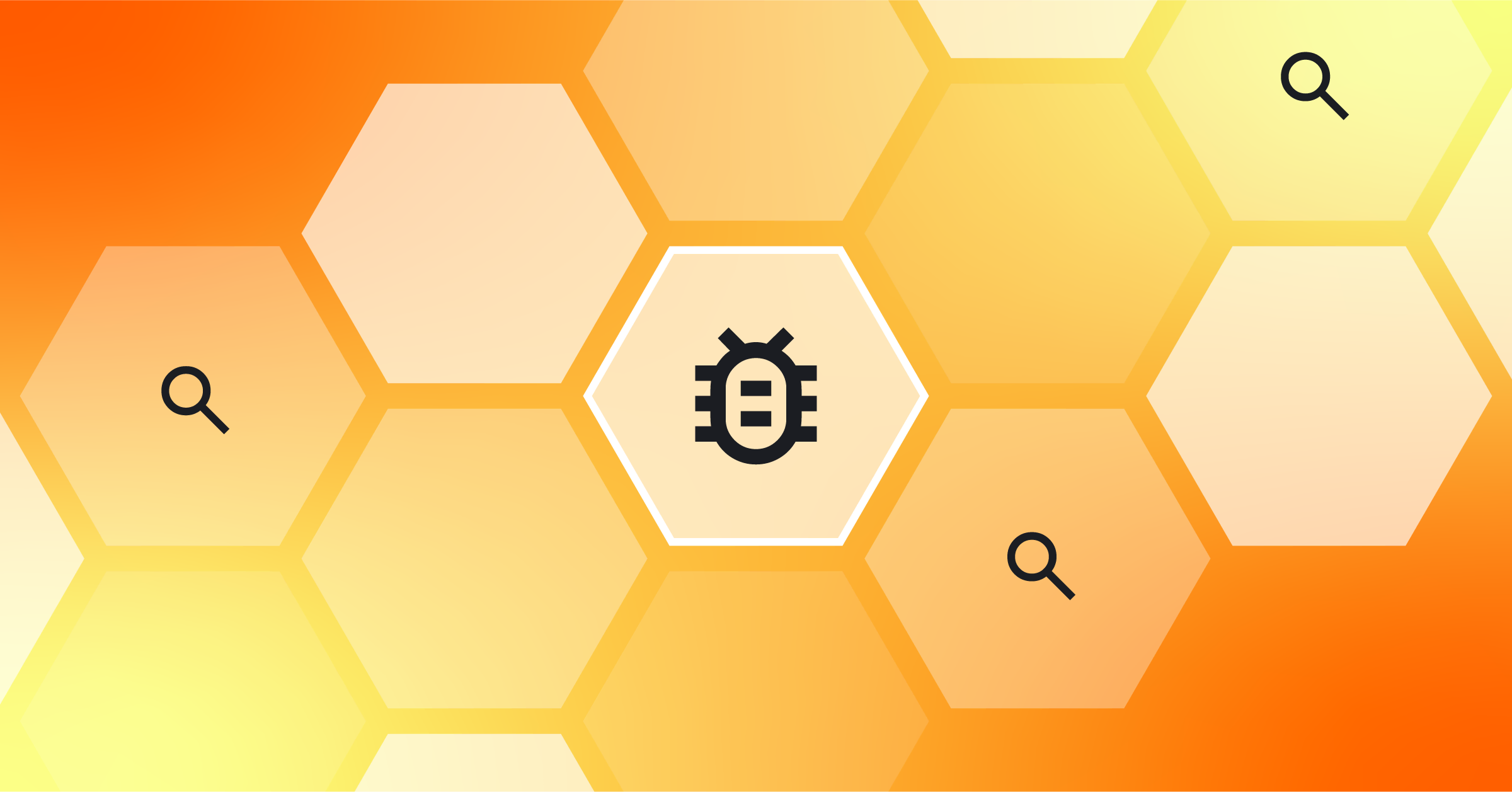
My open source contributor journey with Mattermost
I attended MatterCon 2020 as a Mattermost contributor. During the three-day event, I met a number of awesome folks—some of whom I had interacted with online before, and some of whom I ran into for the first time.
The event was truly amazing. Looking back, it still feels like a dream seeing the people behind GitHub handles in real life. I want to share a bit of my journey on how I ended up there.
How I got involved with open source
Back in the day, I worked as a software engineer writing code for a software company. At the time, I was eager to become a better engineer who produces quality software. The project I worked on was entirely proprietary.
As time went on, I was increasingly uncertain about whether things I was creating met the quality standards of other software companies. So, I attended meetups and conferences to understand things outside of my company as much as possible. I listened to a couple of thought-provoking talks by smart engineers, and things they built were usually based on open source technologies.
Eventually, I realized that I should probably contribute to open source, as it is increasingly becoming the “public standard” that is being adopted by talented engineers and innovative companies.
How I got involved with Mattermost
Finding a good open source project was not an easy task, especially for a beginner. My approach was simple: Find some projects that have a healthy amount of GitHub issues and a healthy amount of monthly commits.
At the time, I was interested in desktop applications, and the first project I followed was Electron. After following the project for a couple of weeks by reading through the code base and other contributors’ PRs, I was finally confident enough to submit my first PR. A few days later, it was accepted and merged with the project! This was probably my biggest moment of the year.
Fast-forward to the following year, and my programming interest shifted a bit. I was looking for another project to contribute to and I tried the same approach with a few other projects.
Unfortunately, those projects didn’t keep my attention for too long—either because they were loosely maintained or because the process was too clumsy and it was hard to find the right information to make progress.
Then, one day, I found Mattermost on GitHub. It had an interesting problem domain that I could closely relate to as a user. The project had nicely organized issues and an almost one-click onboarding experience.
As I started contributing, I kept getting surprises from Mattermost. A few weeks after my first contribution, for example, I received a package that contained a “Thank you” mug from Mattermost with my GitHub handle printed on the outside. (By the way, I still use this cup for my daily coffee to this day!) I’ve been receiving surprises from Mattermost ever since.
A global community
It has been three years since I joined this community. I feel grateful for the experience. The people I have interacted with have made me a much better engineer. Contributing to Mattermost enables me to explore unknowns outside of my work domain in a friendly and welcoming environment.
As a “side effect,” I play a part in something that is used by thousands or even millions of people around the world. How cool is that?
Last but not least, MatterCon 2020 made me realize that I have made so many friends around the world, and MatterCon brought them all together!
If you’re interested in contributing to Mattermost, I’d highly recommend you give it a try. Find out how to get started.




